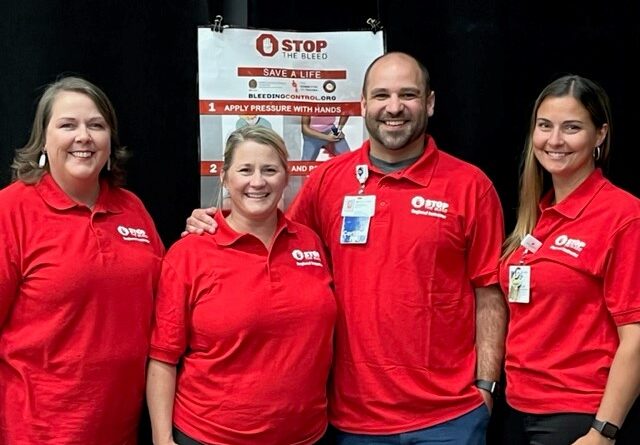Central Texas Regional Advisory Council Watches Over 6 Counties
By TONYA WARREN | Photos courtesy of CTRAC
Sitting at the red light that seems to be taking forever to turn green, you hear the unmistakable shrill of blaring sirens. Vehicles try maneuvering to the other lanes as an ambulance makes its way through to the site of a crisis. A dire situation is at hand, and someone activated 911 emergency services.
Thanks to Central Texas Regional Advisory Council, the above scenario will be handled in the most efficient way to achieve the best possible healthy outcome for the involved individuals. CTRAC is one of 22 regional advisory councils across Texas. Formed in the early 1990s, these councils provide infrastructure and leadership to sustain an inclusive trauma system within a certain service area, according to the organization’s website. Behind the scenes effort and coordination of various CTRAC committees cover the counties of Bell, Coryell, Hamilton, Lampasas, Milam and Mills.
CTRAC’s Executive Director Christine Reeves oversees committees that monitor system development, performance quality and improvement, hospital training and more. The trauma, cardiac, stroke, perinatal, health care coalition and medical advisory committees are comprised of professionals who serve as liaisons between health care facilities in the region. Reeves says, “the communities should know there’s an organization that exists that’s watching out for global care within our six counties.”
CTRAC’s work makes a difference. Should a multi-vehicle accident occur on the corner of Belton’s Central Avenue exit and Interstate 35 and injured people need blood, quick and effective communication would occur as to which health care facility has the most units of blood and beds available. Regional councils also assist in other counties as needed, such as a Lampasas resident needing burn care and transportation via medical helicopter to Dallas Parkland Memorial Hospital’s burn unit.
Long hours and added stress during the pandemic contributed to an EMS personnel shortage. Many personnel went to the Texas legislature and asked for increased funding for hiring and training new EMS employees. According to the Texas Department of State Health’s website, scholarships are available based on documented need with special attention given to rural and underserved areas. This career is exciting, offers competitive salary and benefits with opportunities for personal and professional growth. Emergency personnel get satisfaction knowing they are helping people in a time of great need.
CTRAC executive committee vice-chair member Elizabeth Hicks has an extensive background in emergency care, and she is proud of CTRAC’s lifesaving efforts. “We are the framework to make everything happen,” she says. “Everyone comes together to do what’s best for the community, and we’ve earned the respect of Texas, because as a whole, we decide what’s best for our patients.”



